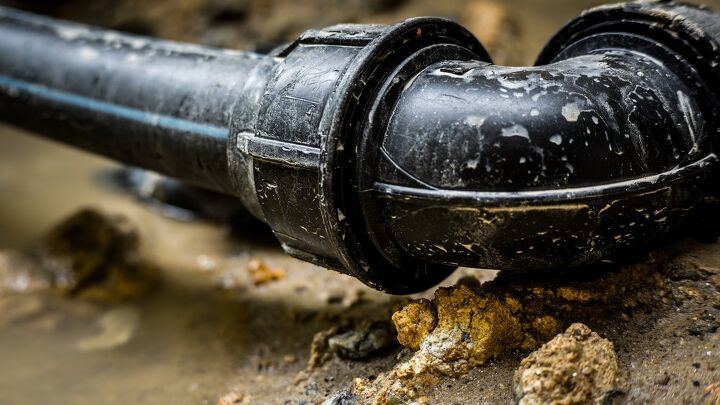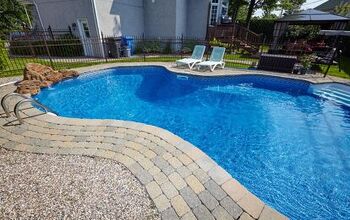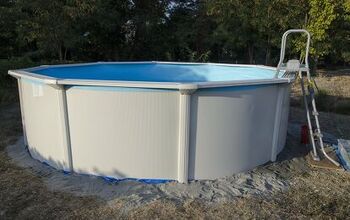Can You Put A 90 In A Sewer Line? (Find Out Now!)

Working on sewage lines can be tricky. That’s why most homeowners hire professional plumbers. But can you put a 90 in a sewer line, or should you figure out something else? Here’s everything you need to know.
Try not to use 90-degree angles in your sewer lines. The abrupt turn can cause blockages, leaks, and damages. Instead, you should build a drainage system with a minimum fall of about 1/8 of an inch per linear foot.
Do You Need a Sewer Installation or Repair Contractor?
Get free, zero-commitment quotes from pro contractors near you.

What Is a 90 in Plumbing?
Plumbers use 90-degree angled pipes all the time. It’s a type of fitting that helps them connect vertical and horizontal lines. However, you can use a 90 at any point in the system if it makes sense. The bad news is that the 90s don’t always fit correctly, and some of them can even fudge the system.
Some plumbers use a “long sweep 90” to achieve a sharper bend without clogging the lines. LS90 pipes are best for systems that flush solid waste because they help prevent clogs and cracks. Meanwhile, long sweep 90 elbows might be more expensive. So, don’t forget to weigh the pros and cons.
Can You Use a 90-Degree Elbow in a Drain Pipe?
You can use wide-angle elbows for sewer drains. That way, you help the water and debris flow consistently around obstacles. But stay away from sharp 90-degree elbows if you can. Sudden turns in sewage pipes cause clogs, but they also serve a different purpose. So, you should install abrupt angles in specific places to help vent sewage gas from the line.
Can You Have a Bend in a Sewer Pipe?
Although square angles aren’t good for water flow, you can still bend sewer pipes if a straight line is inefficient. Hardware stores usually sell bent sewage pipes at grades ranging from 11 1/4 to 90 degrees. Plus, you can choose different materials, lengths, and radiuses based on your project specifications.
FACT: Most modern sewage lines use PVC or ABS pipes. But older homes might use iron, steel, or copper.
How Many Bends Are Allowed in Soil Pipe?
Are you worried about the space available for your sewer system? Perhaps you have gas lines, a garage, and a pool in the way. Dodging those obstacles can be challenging without a few bent pipes. So, how many can you use without disrupting the flow? It depends on several factors.
Let’s say you can’t use a 90-degree elbow for whatever reason. In that case, you can use two 45-degree angles instead. And if you need more slope in the line, combine wider angles until you achieve the optimal fitting. Or ask an expert to help you build the most efficient system because you might need a permit to replace the sewage lines.
What Is the Maximum Slope of a Sewer Line?
Plumbers call the maximum slope of a sewer “The No-Zone.” That’s because the system can malfunction, leak, or crack beyond that point. Plus, extreme slopes in sewage pipes can disrupt other municipal lines or put your property at risk of fines and penalties.
So, try to keep your sewage slopes within a reasonable range. Most pros recommended around 1/2 inch per linear foot. And they also suggest using 45-degree angles instead of sharp 90-degree turns. You can use wider pipes, but that might not always solve the problem. Then, you could clog the system and pay for repairs later.
Yes, you can build too much slope into your sewage and drain lines if you’re not careful. And if you do that, your system won’t work correctly. So, keep the slope of your pipes around 1/4-inch per foot if you can. Then test the efficiency of your system with a sewer smoke test. You can patch holes and fix other problems while you still have time.
How Deep Should Sewage Lines Be Buried?
Shallow sewage lines can be dangerous. So, dig your trenches deep. Be sure to bury pipes between 12 and 24 inches below the surface. And check that the hole is wide enough to fit your pipes snugly. Too much space between the line and the soil can cause problems later.
Dig deeper if you live in a cold climate or an area with fluctuating weather. Your pipes could freeze in the winter if they’re too close to the surface. Meanwhile, fixing broken sewage lines underneath the frozen ground is more expensive, time-consuming, and risky.
You must lay your sewage drains at a minimum grade of 1.65% in most cases. However, some municipalities require a minimum grade of 2.5% or more. But as a general rule, try to keep a 1 to 60 ratio if you can.
Do You Need a Sewer Installation or Repair Contractor?
Get free, zero-commitment quotes from pro contractors near you.

Secure Your Sewage Lines
Functional sewer systems require correctly installed pipes at efficient angles. So, don’t let your lines freeze, bust, clog, or crack. Only use a 90 when it helps the water flow. And ask an expert for help if you need it.

Tiffany Nichols specializes in aesthetics, design, marketing, and manufacturing. She's a copywriter and editor for several home renovation companies in the U.S. and works alongside some of the biggest names in the industry. Her hobbies include architecture, art, mental health, and fashion.
More by Tiffany Nichols

























![12 Washing Machine Brands to Avoid [with Recall Data]](https://cdn-fastly.upgradedhome.com/media/2023/07/31/9075781/12-washing-machine-brands-to-avoid-with-recall-data.jpg?size=350x220)

